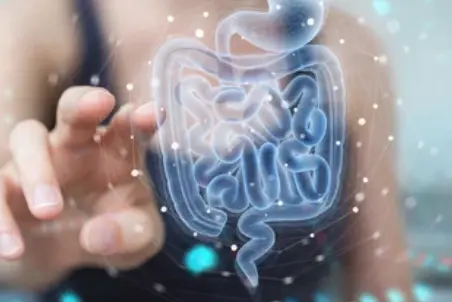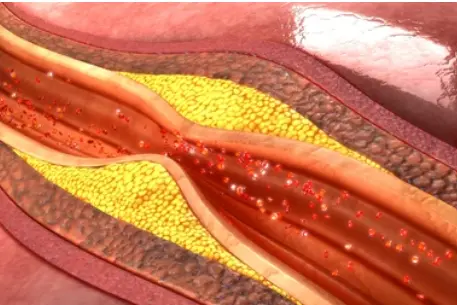 Welcome
Welcome
“May all be happy, may all be healed, may all be at peace and may no one ever suffer."
Primary amoebic meningoencephalitis - Generics
Primary amoebic meningoencephalitis (PAM) is a rare but serious disease caused by the Naegleria fowleri amoeba, which is commonly found in warm freshwater, soil, and poorly maintained swimming pools and hot tubs. PAM affects the brain and spinal cord, and is usually fatal.
The disease is contracted when contaminated water enters the nose and the amoeba migrates to the brain, where it causes inflammation and destruction of brain tissue. Symptoms of PAM usually begin one to nine days after exposure and may include headache, fever, nausea, vomiting, stiff neck, confusion, seizures, and hallucinations.
Diagnosis of PAM is based on clinical symptoms, as well as laboratory tests and brain imaging studies. Treatment for PAM typically involves a combination of supportive care and medications, including antifungal drugs and antibiotics, as well as the use of specialized treatments such as hyperbaric oxygen therapy.
Prevention of PAM involves avoiding exposure to contaminated water, especially warm freshwater sources such as lakes, rivers, and hot springs. Wearing nose clips or keeping your head above water when swimming or diving in freshwater can also help to reduce the risk of infection.
If you experience symptoms of PAM or are concerned about your risk of infection, it is important to seek medical attention from a healthcare provider as soon as possible. Early diagnosis and treatment can improve the chances of recovery from this serious and potentially fatal disease.

Rabies

Diabetic foot ulcer

Intestinal amoebiasis

Gastroparesis

Angioplasty

Anaemia in zidovudine-tre...

Vaginitis

Root canal operation
Primary amoebic meningoencephalitis, প্রাথমিক অ্যামিবিক মেনিনজয়েন্সফালাইটিস
To be happy, beautiful, healthy, wealthy, hale and long-lived stay with DM3S.